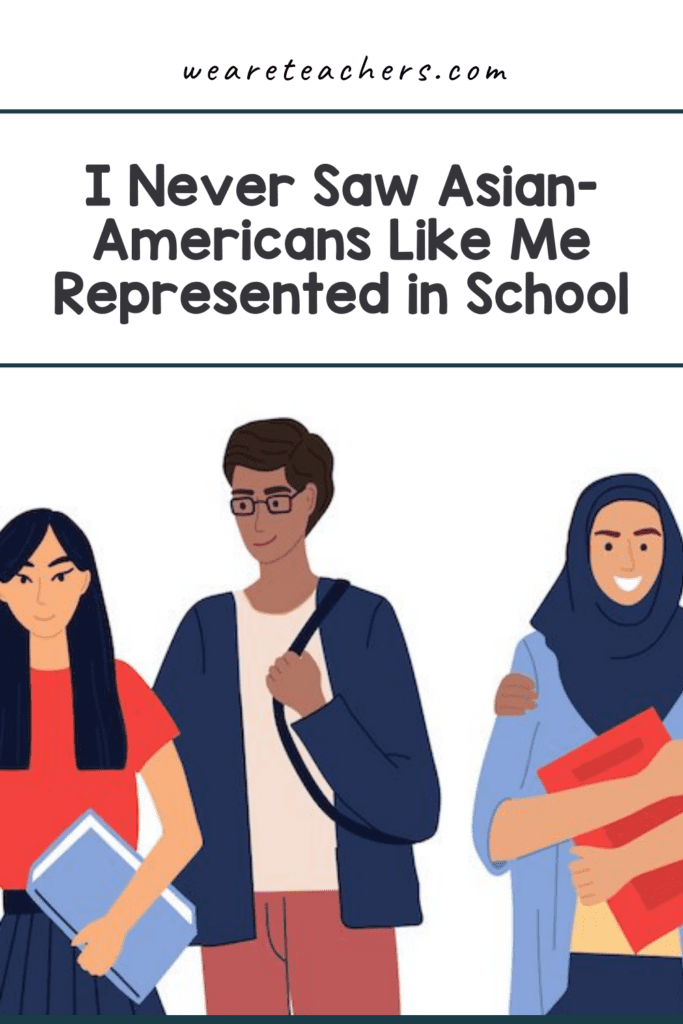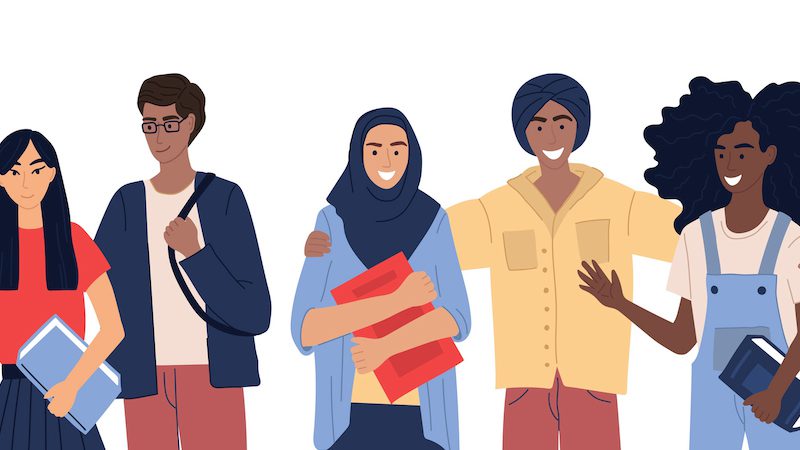The first (and only) time I saw Asian Americans in my history class materials was in high school, when I learned about Japanese-American internment in World War II. I also never learned that LGBTQ+ historical leaders even existed until after college. I learned about architecture, an early interest of mine, in the public library, and that was only because I was lucky enough to have parents who prioritized my interests. Looking back, I think one of the reasons it took me so long to realize the power of culturally responsive teaching is because there were so few examples of that power in my own education.
Here’s how I started using culturally responsive teaching with high school seniors
During their senior year of high school, students in Washington D.C. take a class centered on local history. I taught this class one year. We dug deep into students’ very own community. Students learn about the indigenous communities in the region, the founding of the capital city, and the vibrant culture of their hometown. I have never had students more engaged in the content of class. They learned about the history of their neighborhoods, the leaders whose names adorned the civic buildings they walked past, and the historical significance of the music they listened to. This class showed me the power that culturally relevant content has to deeply engage students.
The untapped power of culturally relevant content
Often, once teachers experience the power of culturally relevant content can, they begin to seek out new ways to incorporate it. They understand that it allows them to immediately connect with a new idea, expand existing schema, and develop a stronger sense of self. At its core, school is a place where students learn about themselves and their community. Culturally responsive content has a powerful role to play in this purpose. Dr. Rudine Sims Bishop explained the power of culturally relevant material when she said that, “Literature transforms human experience and reflects it back to us, and in that reflection we can see our own lives and experiences….”
Researchers have also found that culturally relevant education can increase grades, participation, critical thinking skills, and lead to higher graduation rates. Despite the obvious and proven benefits of culturally relevant content, teachers know that for too many of our students, seeing themselves in their school materials is a rare occurrence. Existing standards and content overrepresent the dominant culture; and when underrepresented perspectives are included, they too often focus on oppression narratives. That’s why independent reading becomes critically important.
What independent reading taught me about cultural relevance
I loved independent reading time when I taught middle school ELA. The best part of the day was when I got to talk to students about the books they were reading. It was those conversations with students that helped me realize the power of culturally relevant content. The level of engagement in those books was universally greater than any text I assigned. And what’s so ironic is that I put in way more time trying to invest students in those assigned texts.
If a key aspect of reading skills is that they’re text agnostic, then why not let kids practice those skills in the books they actually care about? Of course, there is still value in a shared reading experience and practicing skills in unfamiliar contexts. But my problem before embracing independent reading was that those were often the only places students were practicing those skills. Prioritizing culturally responsive content does not have to mean replacing a shared text; it should be about creating balance.
How we can start prioritizing culturally relevant content that keeps learning balanced
- Supplement shared texts: A whole class novel often requires supplemental texts to make them truly meaningful for all students. Identify the themes in the novel and use relevant content to make connections that illustrate how that theme shows up in a different context. Many historical novels require background knowledge for the reader to deeply understand the story. This is an opportunity to bring in more relevant content that will help students better connect with the shared text.
- Create opportunities for choice: Give students the chance to choose an activity or reading to more deeply explore a topic. Students will naturally choose the option that is most relevant to them. For example, when students learn about abolitionists, there is no rule that they must only learn about Frederick Douglass. Allow students to choose lesser-known figures like Lewis Hayden or Mary Ann Shadd Cary.
- Advocate for resources and time: Most existing curriculum was not designed to be culturally relevant. Teachers are often the most important advocates for the resources and protected time needed to include relevant content. If relevant content is truly a priority for a district, then it deserves more than a mandate or a PD session; it should occupy protected space in a district’s curriculum.
The assignments and lessons that left the biggest impression on me were the ones I found a personal connection with. There is such an opportunity for content to inspire our students. That inspiration is what can truly allow all our students to better connect with who they are and who they might become.


